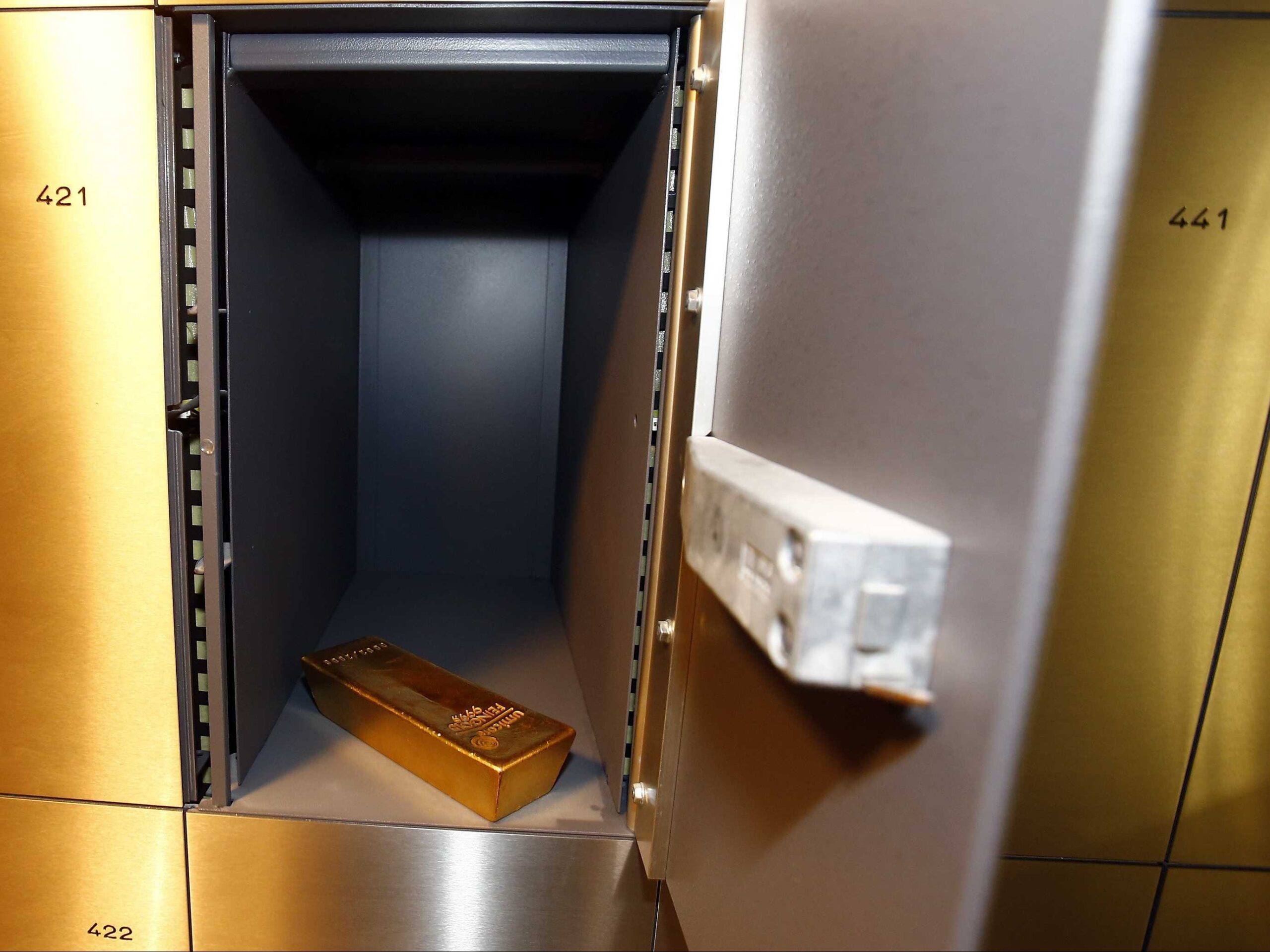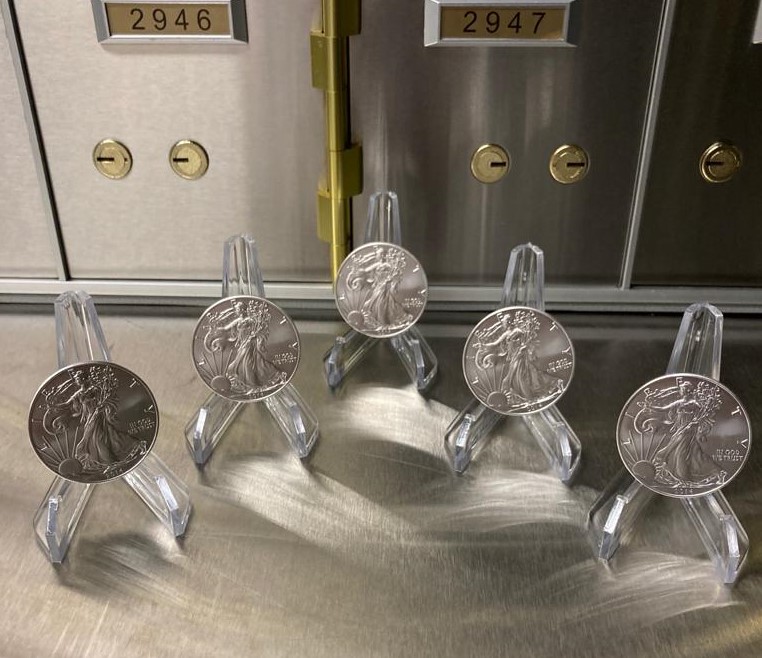
19/01/2024: This Week in Gold with Market Updates:
Price Action:
Gold Price:
Gold opened the week trading at $2,049 an ounce and started the week with little fluctuation, moving sideways for the majority of the day. This followed the significant rise that was experienced to end the previous trading week, where price moved from $2,014 on Thursday evening to as high as $2,062 on Friday afternoon, before closing the week at $2,049. Gold closed Monday $6 higher at $2,055 an ounce.
On Tuesday, gold began to gradually decline throughout the day.Price consistently posted lower highs and lower lows throughout the day, exhibiting a bearish trend. Gold closed the day 1.27% lower at $2,029 an ounce. The DXY rose 0.95% and U.S. Treasury yields also moved higher as Central Bank’s pushed back against the expectations of easing monetary policy. These moves dampened gold’s potential for the day due to the inverse relationship that these
More consolidation was experienced on Wednesday before price began to decline in the afternoon. Price hit a new one-month low, falling to $2,004 amid strong economic data i.e. a rise in U.S. retail sales. Price fell throughout the day due to the following factors: a) Strengthening dollar, b) Rising Treasury yields, c) Lowered expectations of an early rate cut. FED Governor Waller contributed to investors revising interest rate cut expectations, as he stated that the FED should not rush to lower rates. Price closed the day $23 lower at $2,006 an ounce.
Gold prices recovered slightly on Thursday, rising due to safe-haven demand amid ongoing conflict in the Middle East. Starting the day at $2,006 an ounce, gold climbed steadily throughout the day, ultimately closing the day 0.84% higher at $2,023.
On Friday, gold made promising strides to the upside after initially consolidating to start the day. A weaker dollar contributed to these gains but the weekly performance is still likely to finish lower, despite the resurgence towards the end of the week. This is due to the FED countering investor expectations of an early rate cut.
At the time of writing, gold is trading at $2,025, a 1.17% weekly decline.

Silver Price:
Silver opened the week trading at $23.19 an ounce. Unlike gold, price has been trading below the 200 day moving average since the start of January, indicating that the long-term trend is bearish. Price moved sideways for much of the day on Monday, ultimately finishing $0.03 higher at $23.22 an ounce.
On Tuesday, price began to gradually decline, shaving off another $0.30 to close the day 1.29% lower at $22.92. This is below the recent support level of $23.
Price began to descend further on Wednesday, pushing past the $23 resistance level amid strong U.S. economic data. Price closed the day nearly 2% below this level at $22.55 an ounce.
On Thursday, like gold, price began to consolidate before making a move to the upside in the afternoon due to safe-haven demand. Silver, in times of economic or political crises, gains from safe-haven demand as investors look to diversify assets.
After consolidating during the early hours of trading on Friday, price briefly moved higher before reversing course, declining by 2.98% to $22.50 an ounce, at the time of writing.

U.K. Inflation Data:
CPI (YoY):
The U.K. released their latest inflation figures on Wednesday.
The latest data showed a rise in prices year-on-year to 4%. This was higher than the expected 3.8% and higher than the previous month’s figure of 3.9%.
CPI (MoM):
Inflation was also seen to rise month-on-month, with monthly prices rising by 0.4%. This was higher than the expected 0.2% and significantly higher than the previous month’s figure, where prices fell by 0.2%.
Core CPI (YoY):
Core CPI (inflation excluding volatile energy and food prices) came in at 5.1%. Higher than the expected 4.9% but on par with the previous month’s figure.
Core CPI (MoM):
From November to December, core inflation came in 0.2% higher than expected at 0.6%, while also coming in significantly higher than the previous month’s figure of -0.3%.
The U.K.’s latest CPI figures show that the nations’ battle with inflation is not over as they have moved further away from the Central Bank’s target figure of 2%. This will dampen investor hopes for an early rate cut in 2024.
European Union CPI:
CPI (YoY):
Inflation data in the EU followed the U.K.’s footsteps later on in the day on Wednesday with year-on-year data indicating that prices rose by 2.9%. This came in as expected but the figure was higher than the previous month’s figure of 2.4%.
CPI (MoM):
Prices rose 0.2% in December, in line with expectations. However, this was a large difference to the previous month’s figure of -0.6%.
Like the U.K., the EU will have to prolong investor expectations of an early rate cut in 2024 in a bid to tackle inflation accordingly and get the figure to the ECB’s target range.

